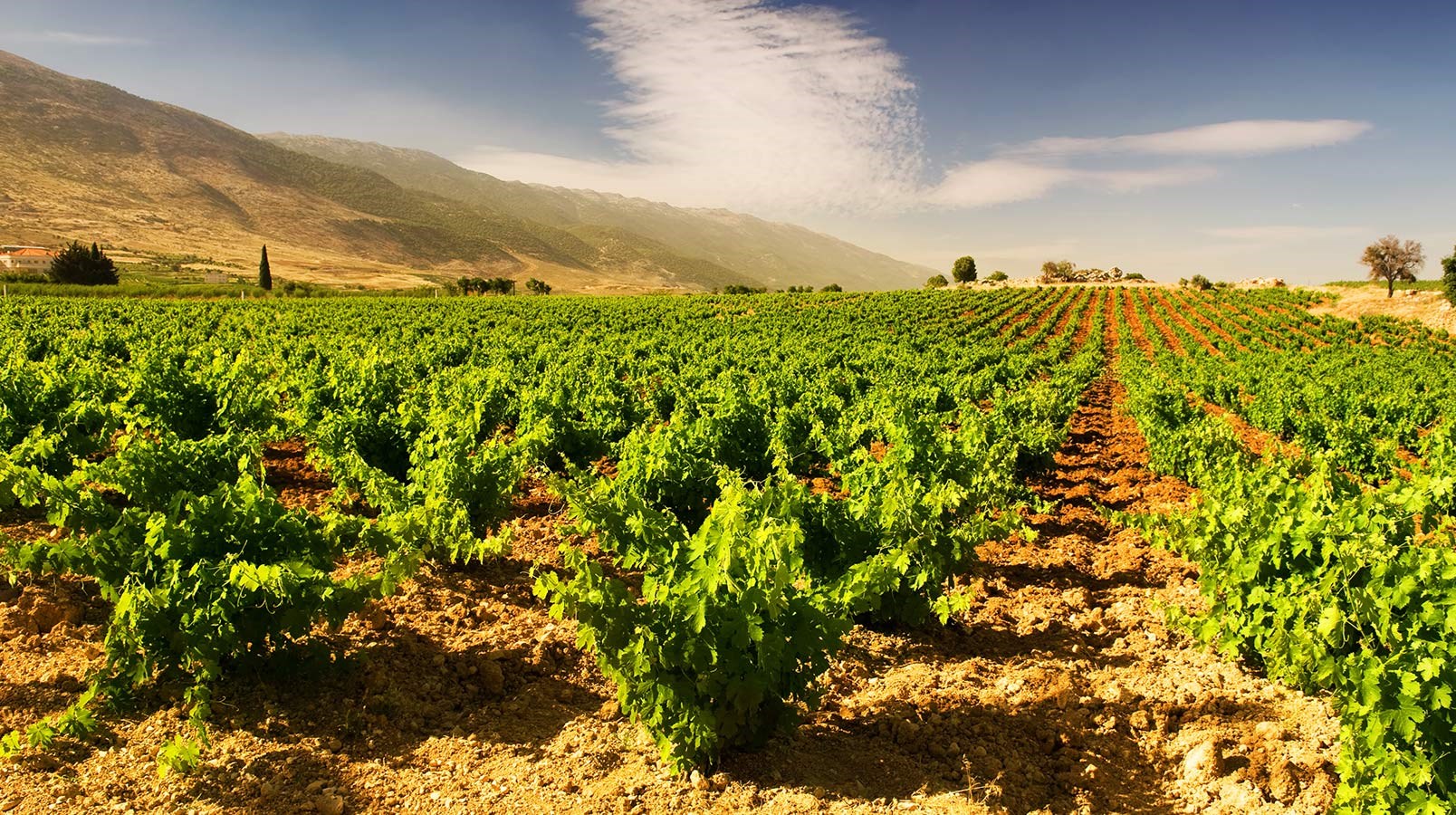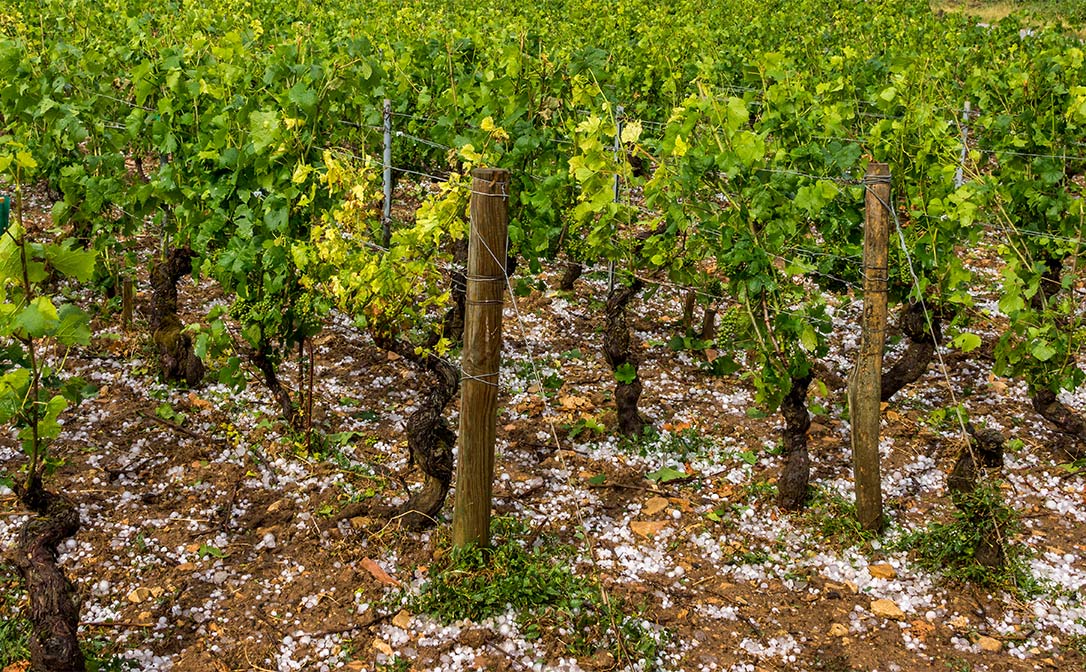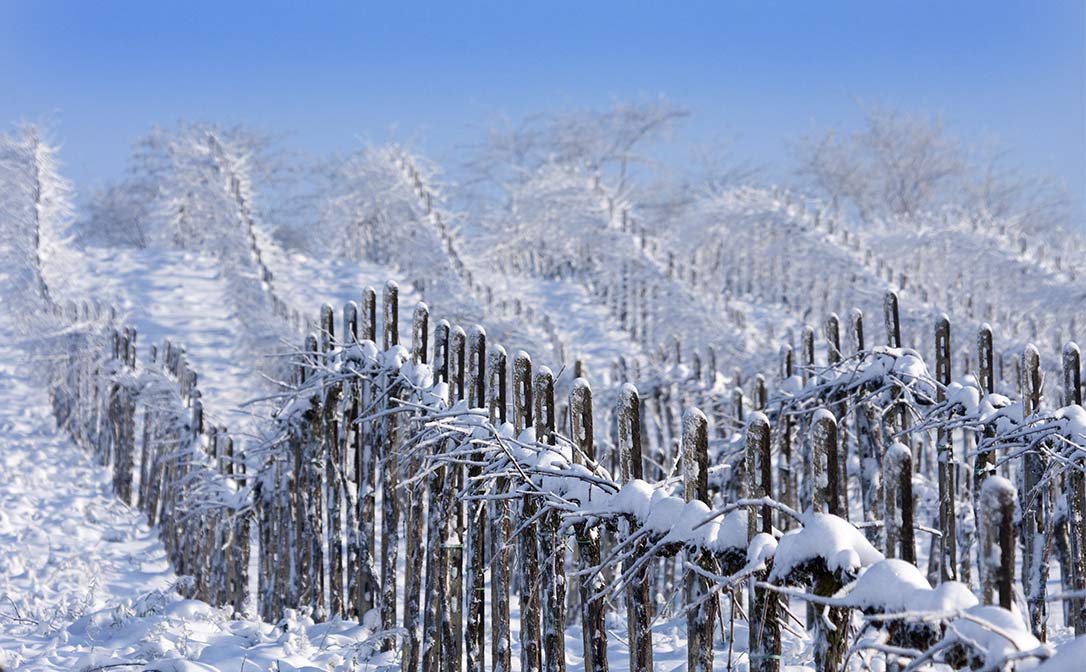When you look at the label on a bottle of wine, you’ll normally see a year. This is known as the vintage, and it refers to the year that the grapes were picked. But how important is this information, and what makes one vintage better than another?
The weather in the vineyard during a given year will impact the health and quality of the fruit produced. With weather patterns becoming increasingly unpredictable due to climate change, there’s a lot that the grape grower might have to contend with.
- In cooler, cloudier years, grapes won’t get as ripe as they might in warmer, sunnier years. But too much heat can lead to overly jammy flavours or unpleasantly high alcohol levels.
- If there’s too much rain close to the harvest, the grapes might taste watery and dilute, but extreme drought can cause the vine to shut down.
- In overly damp and humid years, grapes can suffer from rot. A harsh spring frost can wreak havoc with the yield of fruit that can be produced, and a hailstorm can destroy a healthy crop of grapes within minutes.
Interested in learning more about winemaking? Click here to find out more about our Level 2 Award in Wines.
Over thousands of years, humans have found ways to protect their vines to a certain extent from weather extremes, but nature can be tricky. With all these hazards to contend with, it’s understandable that some vintages produce healthier, tastier fruit than others.
Around the world
In some parts of the world, the weather varies much more from year to year than in others. Some parts of Chile will have warm and dry summers almost every year, while the Bordeaux region in France experiences much greater vintage variation, with some years being noticeably cooler and wetter than others. Even within the same village, some vineyards are more exposed to certain weather hazards.
Many larger brands will blend together wines from multiple vineyards or even regions to achieve consistency year after year. This is so that the customer is unlikely to notice differences between vintages.
Other producers will embrace vintage variation, especially smaller producers and those focused on premium wines. This means that the style, quality and price of the same wine might be notably different from one year to the next.
Champagne
You might have noticed that many Champagnes don’t have a vintage on the label. This means that the wine in the bottle has been blended from a few different years. The Champagne region in Northern France has a cool climate and variable weather, so they can’t always rely on grapes to ripen fully each year. Blending wines from a few vintages helps to even things out a little. If there is a vintage on the Champagne label, it will come from one exceptionally good year with close to ideal weather conditions.
In short, a great vintage is one where the weather conditions that year were ideal for producing healthy grapes with optimal ripeness for the style of wine being produced. For some wines, the vintage will impact not only the quality of what’s in the bottle but also the price you pay for it.
If you’d like to learn more about how climate affects the wines you taste, the WSET Level 2 Award in Wines offers insights into the style and quality of wines made from grapes grown in over 70 grape-growing regions around the world. Click here to find out more.
Related Content:




